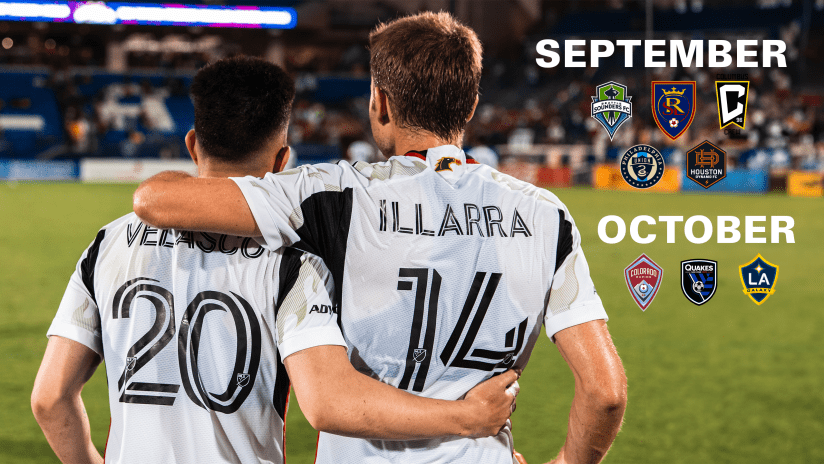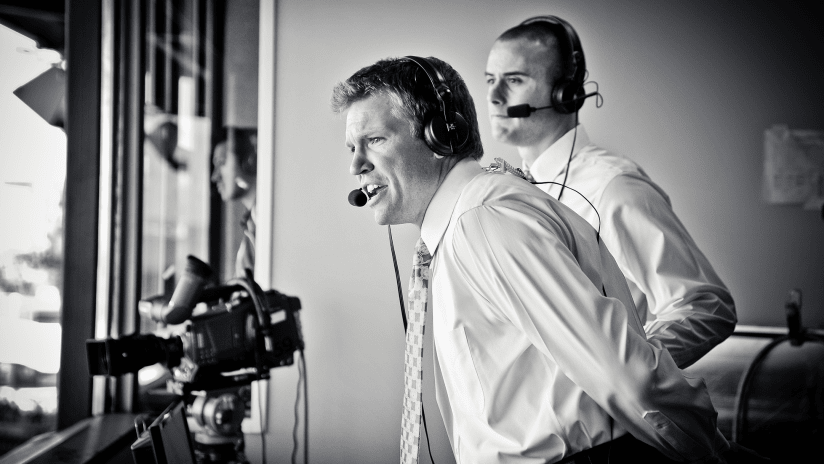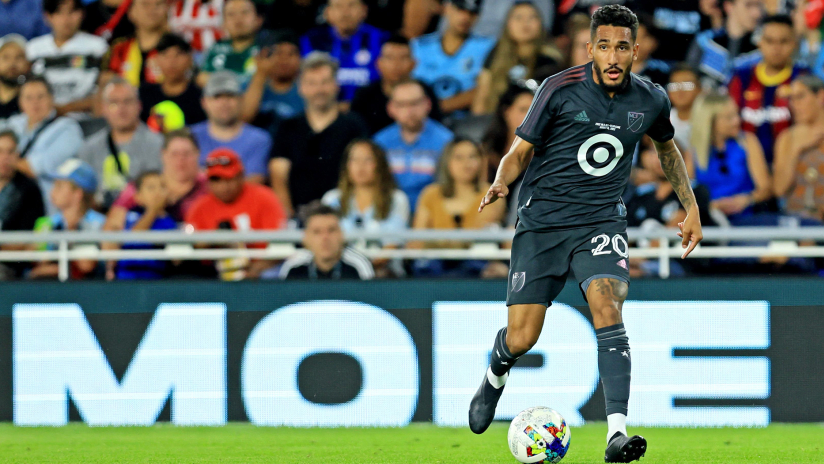DALLAS, Texas - The primary goal in MLS is always “playoffs.” It was ever thus. That was the call to action in the league’s 1996 debut, and post-season grace remains atop almost every club’s hard target list 28 years later.
So, will FCD get there? Can Nico Estévez’s team, still hanging in there, but with one leg dangling precariously over the playoff ledge, punch a little harder and fight its way into a higher finish? Can FCD even keep its spot? Here are 8 quick thoughts on whether (and how) Dallas might get there.
1. Following the ‘22 success: After the “mission accomplished” banner was hung in 2022, harder-to-reach targets were assigned for 2023. But then came that brutal run of summer injury, seeing Dallas fall from the relative stability of 4th place – FCD’s spot in the West through most of spring – to the decidedly less stable current platform: 9th place, the final playoff berth available.
Now so much depends on form and selection – with the two inescapably tangled. See, with newcomers in the fold and important players returning from injury, it’s like Estévez and Co. are in spring again, sorting details and figuring out to optimize the collection of talent.
Trouble is, this is “playoff sprint” time rather than springtime, a fact surely not lost on anybody around Toyota Soccer Center’s Field No. 1, the team’s daily training ground. Which makes every choice on lineup, bench options and tactical approach that much more critical. To use a golf term, there just aren’t many mulligans available.
2. How many points will it take: The math gets a bit fuzzy; history is an imperfect guide because the number of MLS playoff teams and (percentage of qualifiers) has shifted so frequently.
At present, 1.3 points per game gets you over the finish line. That means FCD (well, every club) needs about 44 points. So FCD (34 points currently) needs to go something like 3-3-2 (W-L-D) to reach safe passage. A mark of 2-2-4 might stamp the ticket.
But those records only get Dallas into the 8 seed vs. 9 seed play-in contest – something everyone is clawing to avoid. (At VERY least, 8th ensures that you host that match.)
The good news is that things are so tightly packed, an extra win (especially against a team you’re chasing) could push FCD all the way into 5th or 6th place. The dream scenario is getting on a super hot run and vaulting into 4th, which provides a huge home field boost once the best-of-three conference quarterfinal battles begin. With points dropped at home last week to Atlanta, that dream is drifting away a bit.
3. Consistency from Velasco: Alan Velasco, along with Jesus Ferreira, FCD’s most creative force, set the standard with a mesmerizing night vs. Miami. Slick, dynamic and poised, and surely inspired by Leo Messi’s presence, it was easy to see why FCD spent record transfer money for the young Argentine’s services.
But that’s the thing with “standard setting” performances; everyone realizes your high end capacity. From there it’s a short leap to “Can you provide that every night?” Or at least, “Can you do that more often?” That’s the challenge now for Velasco, whose two starts since then haven’t reached commensurate level.
Can Velasco, riding the confidence of being called into Argentina’s national team camp, mix in a couple more of those dominant nights upon his MLS return? It would help immensely.
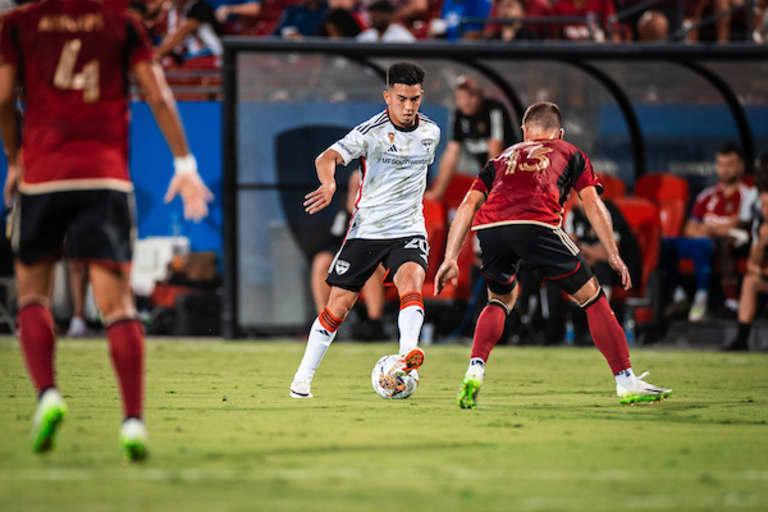
4. Illarra to the rescue? You only need to watch newly acquired Spanish midfielder Asier Illarramendi for a few minutes to understand how he elevates the team’s collective level. He plays forward, quickly, with a calm assurance.
FCD’s attack can be a bit labored at times, a bit slow to drive forward, the safer passing option preferred. Illarramendi has the experience, technical quality and stacks of La Liga-inspired confidence to juice up the offense. He plays with his head up, with persistent intent, always looking to progress possession.
That does a couple of things: it puts FCD’s front line in better positions, earlier. And it adds pressure on opposition defenses, which have less time to organize, communicate and improve positioning. Speed of thought matters; Illarramendi has it.
5. Strength in midfield: With the recent returns of Sebastien Lletget (who had a strong Leagues Cup run) and Paxton Pomykal (terrific in his first start since May), plus the additions of Liam Fraser and Illarramendi, FCD suddenly has a nice wealth of midfield options. That’s not even including Velasco, who relocated from his wing position into an interior role last month.
So the question becomes: What arrangement gets the greatest number of Estevez’s top men onto the field? There are too many options to get into here, but it does beg this question: Might this mean Velasco returns to the wing position, where he has the freedom to tilt inside, playmaking from wherever he finds the space once Dallas is in possession?
The injury to Bernie Kamungo (such terrible, unfortunate timing) subtracts one wing option and might make this solution more plausible. Does moving Velasco back to the wing (or perhaps shifting out of Estevez’s preferred 4-3-3) help get the most talent on the field for FCD?
6. Schedule ahead: In two words: not great.
Six of FCD’s remaining eight matches are against playoff teams, most pedaling hard to improve their own position. Another one is against the L.A. Galaxy, which has been closing ground lately on the peloton. In fact, that matchup lands on Decision Day; if Riqui Puig and the Galaxy need points that day out in Carson, Calif., FCD’s task is that much tougher.
Plus, the relocated match at Philadelphia (moved from its original August date to accommodate Philly’s Leagues Cup run) created congestion FCD could have done without. It got dropped into the middle of an already busy period; now Dallas has 7 matches packed in a 22-day run that will almost surely require lineup rotation.
It won’t be easy; the margin for error looks menacingly small.
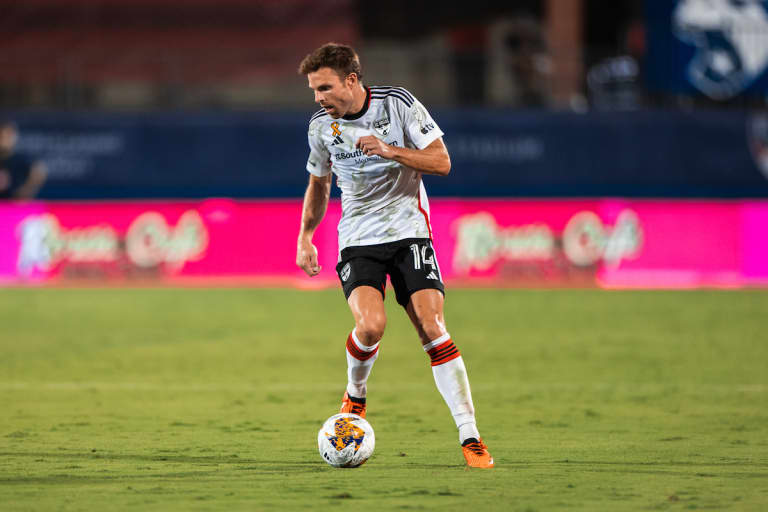
7. “Six pointers:” A “six-point” match means your team can not only claim all three points (for the win) but also prevent a nearby neighbor in the table from collecting those three available points. So, circle these:
- Sept. 20 at Real Salt Lake
- Sept. 30 at Houston (Copa Tejas on the line!)
- Oct. 7 at home vs. San Jose (Hello, Luchi Gonzalez)
- Oct. 21 at L.A. Galaxy
8. Paes patrol – defense leading the way: Only two MLS clubs have allowed fewer goals than FCD’s 30. Credit relative stability along the back line, goalkeeper Maarten Paes and Estevez’s safety-first strategic approach to player position when in possession. Meanwhile, the team could certainly use a higher volume of chance creation; FCD is currently near the bottom of the pack in goals, expected goals, shots and shots on target.)
It’s getting late in the day to fix the issues or dramatically alter that possession-based strategic approach, although Illarramendi’s introduction and Ferreira’s return to early season form could help. But the better plan for bonus soccer (i.e. playoffs) looks like this: continue to be filthy-level stingy in defense.
A lot of that falls on Paes. Which is OK. He’s up for it.
Almost every conversation on our radio crew’s post-game show about a positive result includes a giant circle around a Paes game-changing save or two. Along with St. Louis’ Roman Bürki, Nashville’s Joe Willis and (recently) Miami’s Drake Callender, Paes has been among Major League Soccer’s top shot-stoppers in 2023. Not much more to say here other than: They’ll surely need him at top form. He’s got the ability to be the difference when points are ever so precious.


